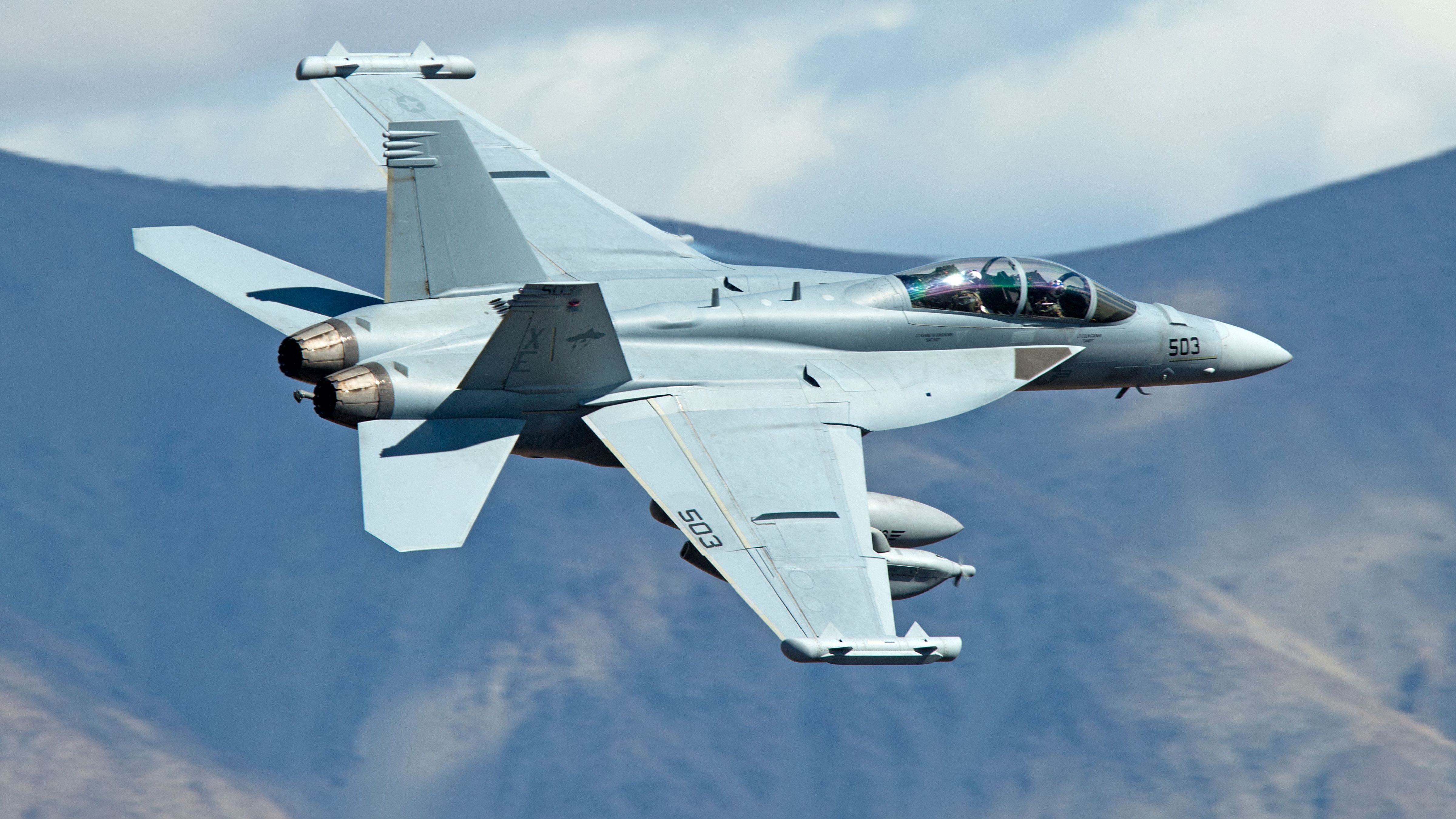In the high-stakes realm of modern warfare, where information is power and the control of the electromagnetic spectrum can mean the difference between victory and defeat, the United States Navy has always maintained a fleet of aircraft capable of disrupting enemy communications and radar. For decades, the Grumman EA-6B “Prowler” held this critical role, but as threats evolved, so too did the need for a more advanced and capable platform. Enter the Boeing EA-18G “Growler,” a formidable successor that has redefined the landscape of Electronic Warfare Aircraft (EWA).
The Legacy of the EA-6B “Prowler”
Before the “Growler” took to the skies, the EA-6B “Prowler” was the backbone of the Navy’s electronic warfare capabilities. Introduced in the 1970s, the Prowler was a derivative of the A-6 Intruder and was designed to provide electronic support measures, jamming enemy radar, and gathering intelligence. Over the years, it played a vital role in numerous conflicts, from Vietnam to the Gulf War, ensuring the safety of American forces by suppressing enemy air defenses and disrupting enemy communications.
However, as the threats posed by more sophisticated radar systems, surface-to-air missiles, and electronic countermeasures grew, the limitations of the aging Prowler became apparent. It was clear that the Navy needed a new aircraft that could meet the demands of 21st-century warfare—a platform that would not only match but exceed the capabilities of its predecessor.
The Birth of the EA-18G “Growler”
The Boeing EA-18G “Growler” was conceived as the answer to this need. Based on the airframe of the F/A-18F Super Hornet, the Growler was developed to take over the electronic warfare mantle from the Prowler while benefiting from the advanced systems, speed, and agility of its fighter jet counterpart. The decision to use the Super Hornet as a foundation allowed the Growler to integrate seamlessly into existing carrier operations, reducing the logistical challenges and training requirements that a completely new airframe would have introduced.
The first Growler took flight in August 2006, and it quickly became clear that this aircraft was a game-changer. By 2009, the EA-18G had officially replaced the Prowler in the Navy’s ranks, ushering in a new era of electronic warfare dominance.

State-of-the-Art Capabilities
The EA-18G “Growler” is equipped with cutting-edge technology that allows it to perform a wide range of electronic warfare missions. At the heart of its capabilities is the ALQ-218 receiver system, which detects, identifies, and locates enemy radar and communications signals. This system works in tandem with the ALQ-99 jamming pods, which can disrupt or deceive enemy radar and communication networks, effectively blinding the adversary.
In addition to its electronic warfare suite, the Growler is armed with AIM-120 AMRAAM and AGM-88 HARM missiles, providing it with the ability to engage enemy aircraft and destroy radar installations. This combination of electronic and kinetic capabilities makes the Growler not just a support aircraft, but a versatile weapon in its own right.
The Growler’s ability to integrate with the wider naval and joint forces is another key advantage. Through the use of advanced data links and communication systems, the Growler can share information in real-time with other aircraft, ships, and ground units, enhancing the overall situational awareness and effectiveness of the entire force.
Operational Impact
Since its introduction, the EA-18G “Growler” has proven itself in various operational theaters, from the skies over Iraq and Syria to the South China Sea. Its ability to suppress enemy air defenses and disrupt communications has been crucial in ensuring the success of airstrikes and protecting allied forces from potential threats.
Moreover, the Growler has played a significant role in the Navy’s pivot to great power competition, where the ability to operate in contested environments against near-peer adversaries is increasingly vital. The Growler’s advanced electronic warfare capabilities give the U.S. Navy a critical edge in these scenarios, allowing it to operate in environments where other aircraft might be at risk.

Looking Forward: The Future of the Growler
As the nature of warfare continues to evolve, so too must the capabilities of the EA-18G “Growler.” The Navy and Boeing are already working on upgrades to ensure that the Growler remains at the cutting edge of electronic warfare. These include enhancements to its jamming capabilities, improvements in data processing and fusion, and the integration of next-generation weapons systems.
One of the most exciting developments is the potential use of unmanned systems in conjunction with the Growler. These drones could extend the reach of the Growler’s electronic warfare capabilities, provide additional jamming power, or conduct independent electronic support missions, all while keeping the manned aircraft out of harm’s way.

Conclusion: A Worthy Successor
The Boeing EA-18G “Growler” has not only succeeded in its mission to replace the venerable EA-6B “Prowler,” but it has also set a new standard for electronic warfare aircraft. By combining advanced technology with the proven platform of the Super Hornet, the Growler provides the U.S. Navy with a powerful tool for controlling the electromagnetic spectrum and ensuring dominance in any conflict.
As threats continue to evolve, the Growler will remain a cornerstone of the Navy’s ability to operate in contested environments, protecting American forces and ensuring that the United States maintains its edge in the complex and ever-changing landscape of modern warfare.





